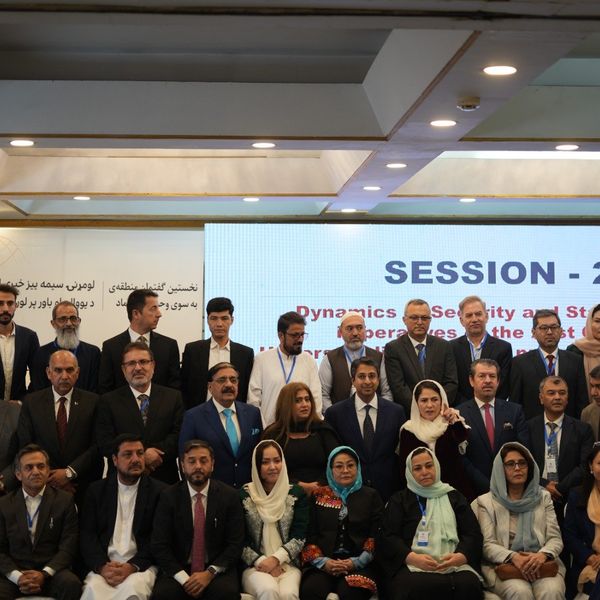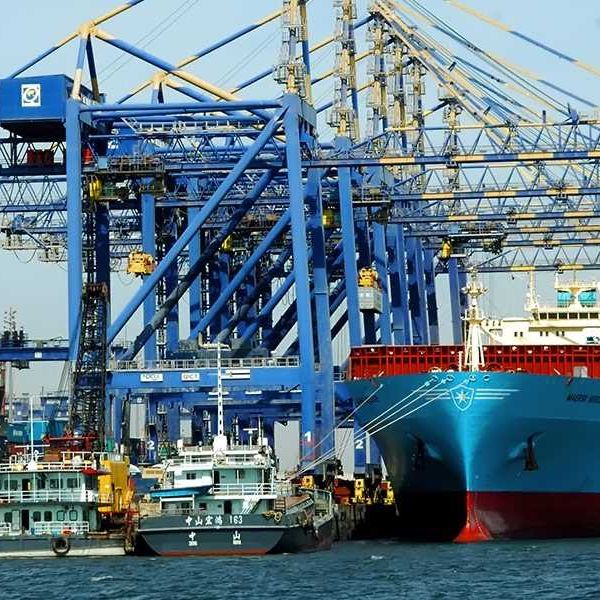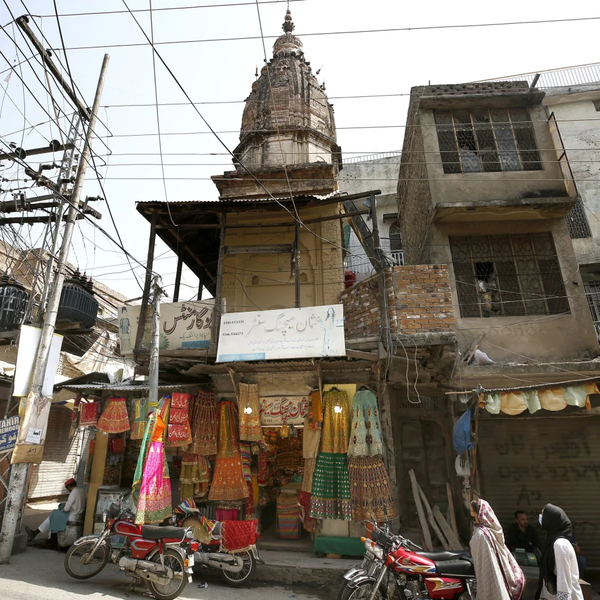Monsoon floods devastate Pakistan’s farmlands, threatening food security and economy
Official records show floods destroyed 2.5m acres of crops, 7.7% of Pakistan’s output

Javed Hussain
Correspondent
I have almost 20 years of experience in print, radio, and TV media. I started my career with "Daily Jang" after which I got the opportunity to work in FM 103, Radio Pakistan, News One, Ab Tak News, Dawn News TV, Dunya News, 92 News and regional channels Rohi TV, Apna Channel and Sach TV where I worked and gained experience in different areas of all three mediums. My journey from reporting to news anchor in these organisations was excellent. Now, I am working as a correspondent with Nukta in Islamabad, where I get the opportunity of in-depth journalism and storytelling while I am now covering parliamentary affairs, politics, and technology.

Farmers inspect damaged cotton crop, following monsoon rains and flooding, in Kabirwala, Pakistan, September 18, 2025.
Reuters
Pakistan is reeling from catastrophic monsoon floods that have wiped out millions of acres of farmland, crippling its agricultural backbone and deepening concerns over food security and economic stability.
Official documents seen by Nukta show that standing crops on 2.5 million acres have been destroyed - roughly 7.7% of the country’s total agricultural output - leaving farmers across multiple provinces in financial ruin.
Experts warn that it could take several growing seasons before cultivation resumes in many flood-hit areas.
The scale of destruction spans both rural heartlands and key industrial zones, an alarming development not witnessed in decades.
Analysts caution that the dual impact on agriculture and manufacturing may surpass the devastation of 2022, when one-third of the country was submerged.
Record monsoon rains since late June, compounded by water releases from Indian dams, have inundated vast tracts of Punjab and Sindh, Pakistan’s most populous and economically critical provinces.
Punjab’s agriculture hit hard
In Punjab, the country’s agricultural hub, floods engulfed 10 districts and submerged nearly 3% of the cropped land.
The impact was devastating: 90% of sugarcane, rice, maize, and fodder harvests were wiped out, pushing farmers into severe financial distress with little prospect of recovery in the near term.
Khyber Pakhtunkhwa’s mounting losses
Khyber Pakhtunkhwa also endured severe damage, with 35,000 acres of standing crops lost across 20 districts.
Financial losses in the province are estimated at more than PKR 6.5 billion, according to the official documents.

Sindh’s cotton collapse
In Sindh, where cotton is the lifeline of Pakistan’s textile sector, the floods dealt a crippling blow.
Over 100,000 acres of farmland were damaged, including the destruction of 57,552 acres of cotton.
The loss is expected to ripple through the textile supply chain, threatening exports and industrial output.
The livestock sector also suffered staggering losses. Nationwide, 6,509 animals perished in the floods. Khyber Pakhtunkhwa recorded the highest toll with 5,467 deaths, followed by 389 in Balochistan, 235 in Sindh, and 239 in Azad Kashmir - further eroding rural livelihoods already under strain.
Long-term fallout
Agricultural experts warn that the compounded destruction of crops and livestock could have long-lasting consequences for Pakistan’s food security, rural economy, and fragile recovery.
With fields still underwater and farmers facing mounting debt, the road to recovery could stretch years, amplifying the humanitarian and economic challenges confronting the country.










Comments
See what people are discussing